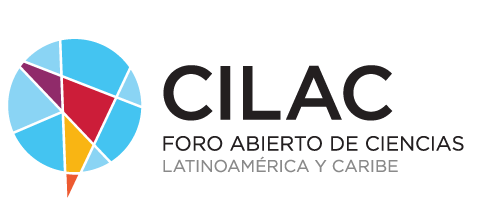
"Experts in this complementary therapy (Reiki) recognized by the WHO argue that it can help minimize the effects of the disease," shamelessly publish the newspaper The vanguard.
And also that it can help combat COVID-19.
Pseudoscience in media
"Reiki is a complementary therapy recognized by the World Health Organization, which helps alleviate stress, anguish, anxiety and physical pain," it is stated from a mass media outlet that, presumably, is intended to inform its readers.

"Reiki increases our immune system and that is why it helps a lot to minimize the effects caused by Covid-19." Neither.
All this is false. Neither Reiki is recognized by the WHO (It only states that there are people who use it, but does not say anything about its effectiveness or usefulness, and even includes it in the set of faith-based treatments), nor has it been shown to have any effect on health.
For a national newspaper to make such statements is comparable to stating that extraterrestrials exist and visit us often, or that the Earth is flat.
It is grotesque that at this point there are still media outlets that publish this content and do not immediately become part of a kind of blacklist of unreliable media. Because it is not the first time that this newspaper, La Vanguardia, splash up to the knee in the quagmire of pseudosciences, as Pere Estupinyà already denounced.
Reiki, feng shui, ayurveda or traditional Chinese medicine are, as a whole, a scam. Even a simple nine year old girl He demonstrated it with a simple experiment. But the media we should trust publishes such lies for the simple fact that they sell, or to respect each other's beliefs.
As a politician who once proposed to build a landing strip for ufos simply because many people said they were seeing them, as I explain below:
–
The news
No, Reiki cannot help you in any way against COVID-19 because it is a scam.
was originally published in
Xataka Science
by
Sergio Parra
.

We all know that, psychologically, time shortens like a blink or stretches like a piece of gum depending on whether we are having a good time or a bad time, respectively.
But there is another way to officially violate the natural passage of time: it is what he did On February 14, 2019, a certain Julian O'Shea, which took advantage of the time zones that cluster along the international date line.
Time zones
The international date line It is an imaginary terrestrial surface line drawn over the Pacific Ocean and close to the 180° meridian. For the convenience of some countries whose territory it crosses, the legal or local time and date in them may be that corresponding to the other hemisphere. Moving from one side of the line to the other involves changing the date, exactly one day.
 International date line (in black).
International date line (in black).
Therefore, Julian lived only one calendar day of 49 hours long thanks to time changes.
To achieve this, he began his journey in Apia, Samoa, and from there he traveled to Auckland (New Zealand), Sydney (Australia) and Honolulu (Hawaii), ending in Pago Pago (American Samoa).
Thanks to this, Julian equaled the record of Mariusz Majewski, from Poland, who on March 13, 2017 also completed a 24-hour day in 49 hours.
When crossing the international date line from east to west (from America to Asia across the Pacific Ocean) the date must be advanced one day on all clocks, that is, one day is lost. On the other hand, if a traveler crosses said line from west to east, the date must be moved back one day (gaining one day). It was based on this idea Julio Verne to write his famous novel Around the world in eighty days.
Due to the number of territories it governs beyond Europe, by the way, France is the country with the most time zones: 12 (13 during one time of year).
Of course, all this is nothing more than a convention. However, it is still very different from the conventions and models on which science in general depends: the world is so complex that we need to simplify it in order to manage some of its areas. Models allow us to orient ourselves, make predictions, and know how something works at a certain level, as you can see in the following video:
–
The news
The longest day of a person was 49 hours long and took place entirely on Earth
was originally published in
Xataka Science
by
Sergio Parra
.
Maybe now we can defend them.
It's even fluffier than we thought.
Function follows form.
We've never seen this before.




